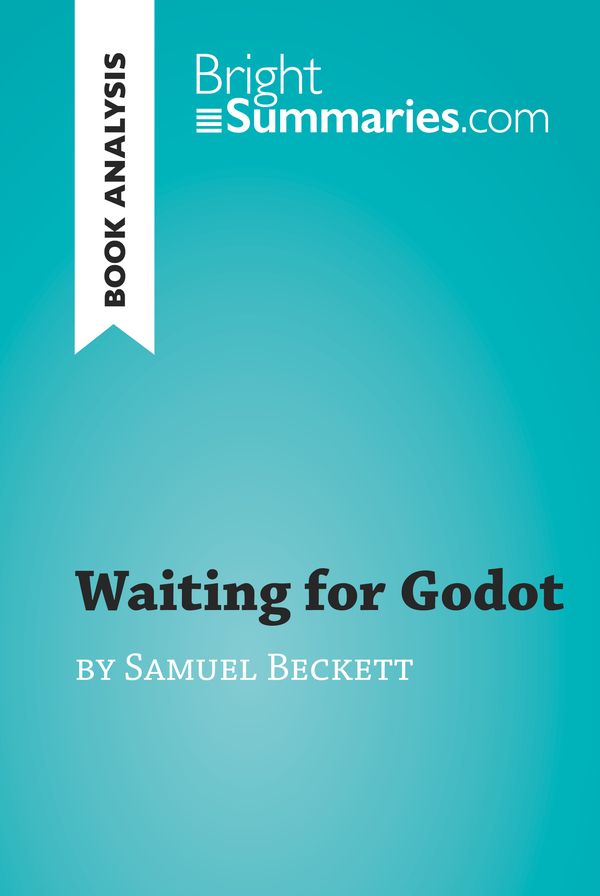Waiting for Godot by Samuel Beckett (Book Analysis)
Waiting for Godot by Samuel Beckett (Book Analysis)
Detailed Summary, Analysis and Reading Guide
Read more
This practical and insightful reading guide offers a complete summary and analysis of Waiting for Godot by Samuel Beckett. It provides a thorough exploration of the play’s plot, characters and main themes, as well as an introduction to its many possible interpretations. The clear and concise style makes for easy understanding, providing the perfect opportunity to improve your literary knowledge in no time.
This clear and detailed 32-page reading guide is structured as follows:
- Biography of Samuel Beckett
- Presentation of Waiting for Godot
- Summary of Waiting for Godot
- Character study
- Vladimir and Estragon
- Pozzo and Lucky
- The boy
- Analysis of Waiting for Godot
- Artistic influence
- The Theater of the Absurd
- Language
- Repetition and waiting
- A tragicomedy
About Waiting for Godot
Waiting for Godot is Samuel Beckett’s most famous play and is admired around the world, although many viewers were left disconcerted when it was first performed. It focuses on two men, Vladimir and Estragon, who spend the entire play waiting for a mysterious character named Godot and while away the time with meaningless discussions and diversions.
Famously described by the critic Vivian Mercer as a play in which “nothing happens, twice”, Waiting for Godot has given rise to a vast range of political, philosophical, political and religion interpretations.
About Samuel Beckett
Samurl Beckett was an Irish novelist, poet and playwright, although he spent much of his life in Paris and wrote many of his major works in French. He was one of the leading figures of the Theater of the Absurd, a type of theater which uses very black humor to depict the meaninglessness of human existence and the decline of modern man. His best-known works include the novel Molloy and the plays Endgame and Waiting for Godot. He won the Nobel Prize in Literature in 1969, and was one of the most original and influential authors of the 20th century. He died in 1989, at the age of 83.
Product details
| ISBN | 9782806294951 |
|---|---|
| Publisher | Plurilingua Publishing |
| Collection | Brightsummaries.com |
| Format | |
| Pages | 32 |
| File size | 1.2 MB |







